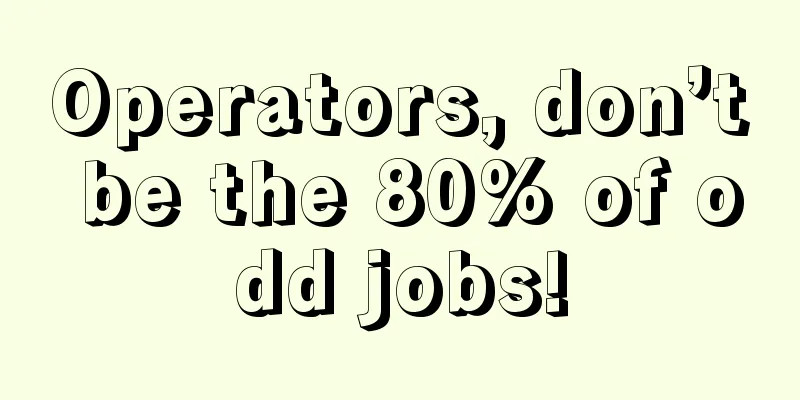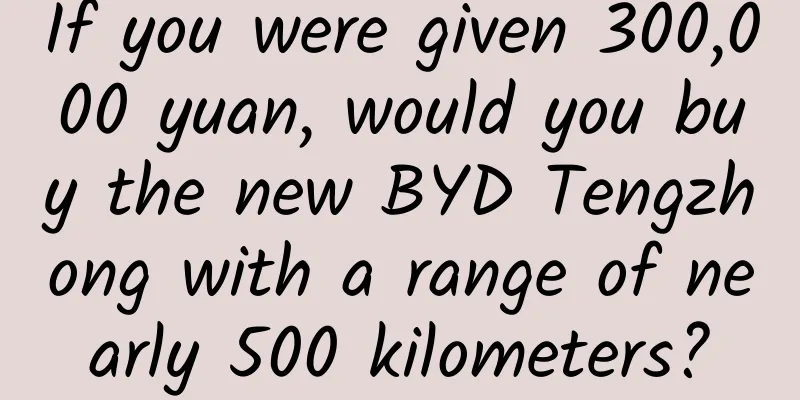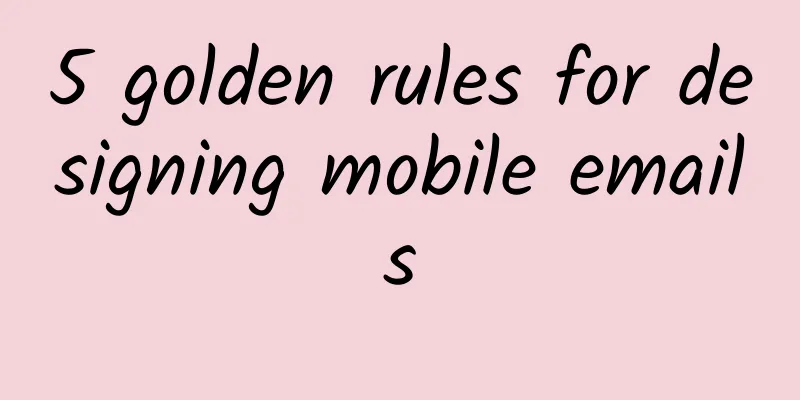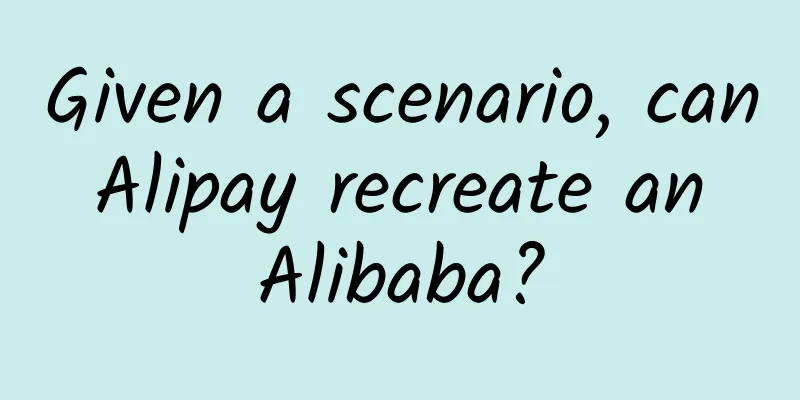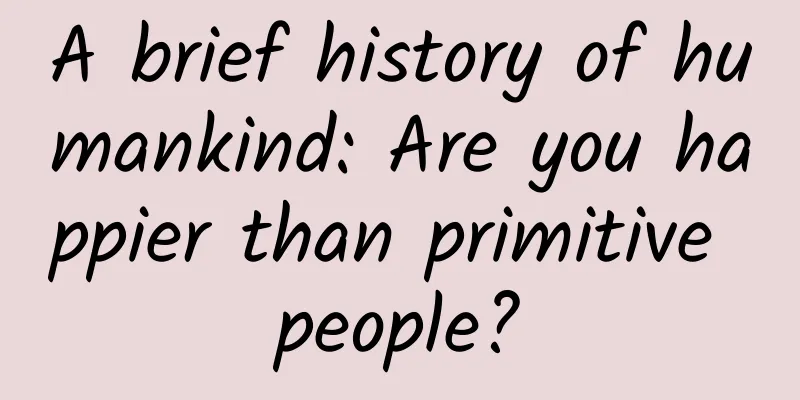We are all familiar with hello world, but you don’t know its great history
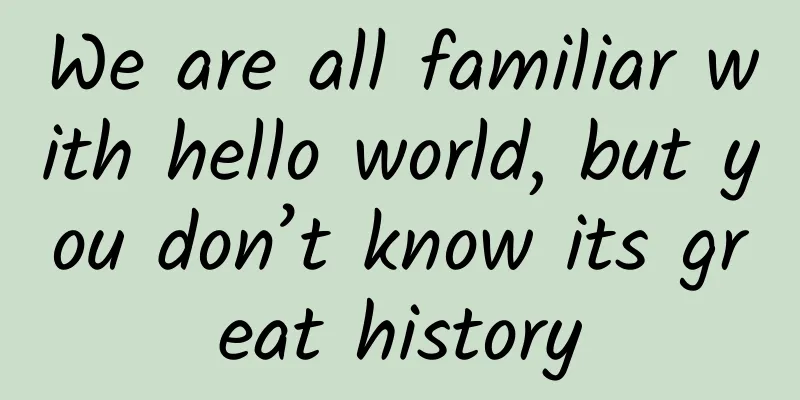
|
This is the most famous program. For every programmer, this program is almost the first example program in every programming language. So, where did this famous program come from? In reality, the function of this program is just to tell the computer to display the words "Hello World". Traditionally, programmers generally use this program to test a new system or programming language. For programmers, seeing these two words displayed on the computer screen often means that their code has been able to compile, load and run normally, and this output is to prove this. This test program is somewhat symbolic. Over the past few decades, it has evolved into a time-honored tradition. Almost all programmers, before you and after you, have experienced, at some point, an adrenaline rush when they first communicate with a computer. Here is the story of how this famous program came to be. Where did Hello World come from?
Hello, World was first created by Brian Kernighan In 1978, Brian Kernighan wrote a programming book called "The C Programming Language", which was widely circulated among programmers. The Hello World program he first cited in this book originated from a teaching book he wrote in 1973. B programming tutorial:
main (){ extrn a,b,c; putchar (a); putchar (b); putchar (c); putchar ('!*n'); } a 'hell'; b 'o, w'; c 'orld';But unfortunately, when Forbes India When the magazine interviewed him, his memory of this legendary story was a little fuzzy. When he was asked why he chose "Hello, World!", he replied, "I just remember that I seemed to have seen a cartoon about an egg and a chick. In that cartoon, the chick said 'Hello World'." Given the widespread popularity of the Hello World computer program, this seems a fitting cause. At that time, both Kernighan and his colleagues Dennis Ritchie - The father of C language could not imagine that C language and this tutorial book would be so popular today. The work they did was just a research project of Bell Labs, and at that time, Bell Labs was just a technology research and development institution of AT&T. Although no one can scientifically explain why Hello World is so popular, the Hello, World program has indeed become an important milestone in the history of computer development. Let's review the historical context at that time. Change in the cradle It may be hard to imagine now, but before Hello World and Kernighan's programming book were published, computers had an almost negative connotation to the public. In the 1970s, mainframe computers were not only slow, but also large enough to take up an entire room and required a full-time scientist or researcher to maintain them. In fact, until the late 1970s, computer scientists had to use a lot of punch cards when programming! Computers were often considered untouchable, complex, and extremely expensive, and were only suitable for academics, government, or defense. Even the industry giants that specialized in computers struggled to overcome these obstacles. No one could have imagined that, years later, we would even feel anxious if we temporarily lost our personal digital devices (such as mobile phones). The first famous case of computer application occurred in 1890- In order to collect and count relevant data on more than 60 million American people. Another case occurred in 1940, during World War II, Bombes & Colossus Computers were used to crack German communications codes. In 1950, the world welcomed the first generation of commercial computers, such as Zuse 3 and UNIVAC were mainly used for arithmetic calculations at the time, but if you wanted to buy these devices, you would have to spend millions of dollars. From an educational perspective, most early books on programming languages, such as FORTRAN or BASIC, tend to start with one point: computers are very useful. This is a common theme among algorithm engineers and researchers. John Mount Mount believes that the widespread popularity of Hello World has ushered in a new era - computer scientists no longer need to convince society and the public, and the instrumental characteristics of computing are already visible everywhere. For example, in 1964, a book called My Computer Likes Me When I Speak Basic The book, "The General Use of Computer Programming Languages", in its preface, specifically talks about the general uses of computer programming languages. Moreover, the output of the first example in the book is "MY HUMAN UNDERSTANDS ME". The reason for using this example is to help people understand the new thing of computers and to tell people that you can communicate with computers. After that, in 1956, dynamic programming languages opened up more examples of applying computers to the real world. Before the C language and the Hello World program became popular, computers had not been widely used and popularized, and the computer industry had not really taken off. Hello World, the real advent of the programming era One of the main catalysts for the widespread spread of Hello World was the introduction of the PDP-11, a commercially successful minicomputer. Digital Equipment Corporation (DEC) sold 600,000 units at a price of $10,000 each. Even so, this type of computer was much cheaper than the multi-million dollar mainframes of the time. In addition, the PDP-11 16-bit series did not require the use of punch cards, and you could communicate directly with the computer using the corresponding programming language. This was a first at the time. Interestingly, in order to accelerate widespread social acceptance, Digital Equipment Corporation did not call it a "computer". In order to distinguish it from previous large mainframes, Digital Equipment Corporation called it a "programmable data processor". As more and more organizations began to purchase more and more programmable computers, the demand for C programming books became more and more vigorous. The C language and UNIX operating system first became popular on the PDP-11. Therefore, in the following period of time, other types of commercial computers also began to support the C programming language and UNIX. This popular trend eventually prompted thousands of computer-related workers to start reading the 200-page book "C Programming Language". Of course, this naturally includes the example program Hello World. In the 1980s and 1990s, almost every programmer who worked in the desktop software field owned a copy of The C Programming Language, which sold millions of copies. There are probably many different basic programs that a beginner can try, but Hello World is by far the most famous one. Every programmer remembers their first Hello World program because it was a significant event for them. Some people may not realize it, but when a new programmer clears some hurdles and arrives at Hello World, he or she is experiencing more than just a sense of success. More importantly, he or she is experiencing a historic moment. |
<<: Seven details determine whether you can be a successful entrepreneur
>>: From 3GS to 6S, Apple has caused us 9 times more trouble
Recommend
Mobile development weekly reading list: iOS multithreading safety, building Android MVVM application framework
(I went in, took a look, and then exited.) The 37...
Qianhang "How to sell furniture on Xianyu using free traffic"
Qianhang's resource introduction of "How...
Python skills courses that professionals must learn
This course is from NetEase Cloud Micro Classroom...
Why do some people suffer from rhinitis repeatedly?
It is the season of transition from winter to spr...
What does it mean when a website is K? What to do if your website is blocked?
What does it mean when a website is K? What to do ...
The underlying logic of growth products
Today I will introduce to you a growth framework,...
A brief analysis of the content marketing strategy of Li Ziqi, the “first internet celebrity with ancient style”!
• Introduction• Explore the value behind the IP o...
Tooth extraction can really kill you! From hammering teeth to minimally invasive techniques, here's a look at the evolution of human tooth extraction surgery!
Tooth extraction is a "terrifying" oper...
Product Operation: The 50 most touching advertising copies!
What advertising copy has most impressed you? Wha...
Has Su Dongpo, who “ate 300 lychees a day”, ever eaten Sichuan lychees?
As we all know, the great writer Su Dongpo was a ...
The parasitic life of the demon moth
Source: alchetron.com Huer There are many types o...
The CTR is the same, which copy has a better conversion rate?
Have you ever encountered such accounts in the pr...
The first generation iPhone sold at a sky-high price. Outdated electronic products = garbage?
As we all know, the masterpieces left by masters ...
Hot courses on Weibo and Baidu, optimization suggestions on Weibo and Baidu (updated)
Hot courses on Weibo and Baidu, optimization sugg...
LeEco announcement interpretation: the license issue will be completely resolved
From the closure letter in June to the talks with...
